Home>Home Appliances>Heating & Cooling>How To Balance Forced Air Heating System
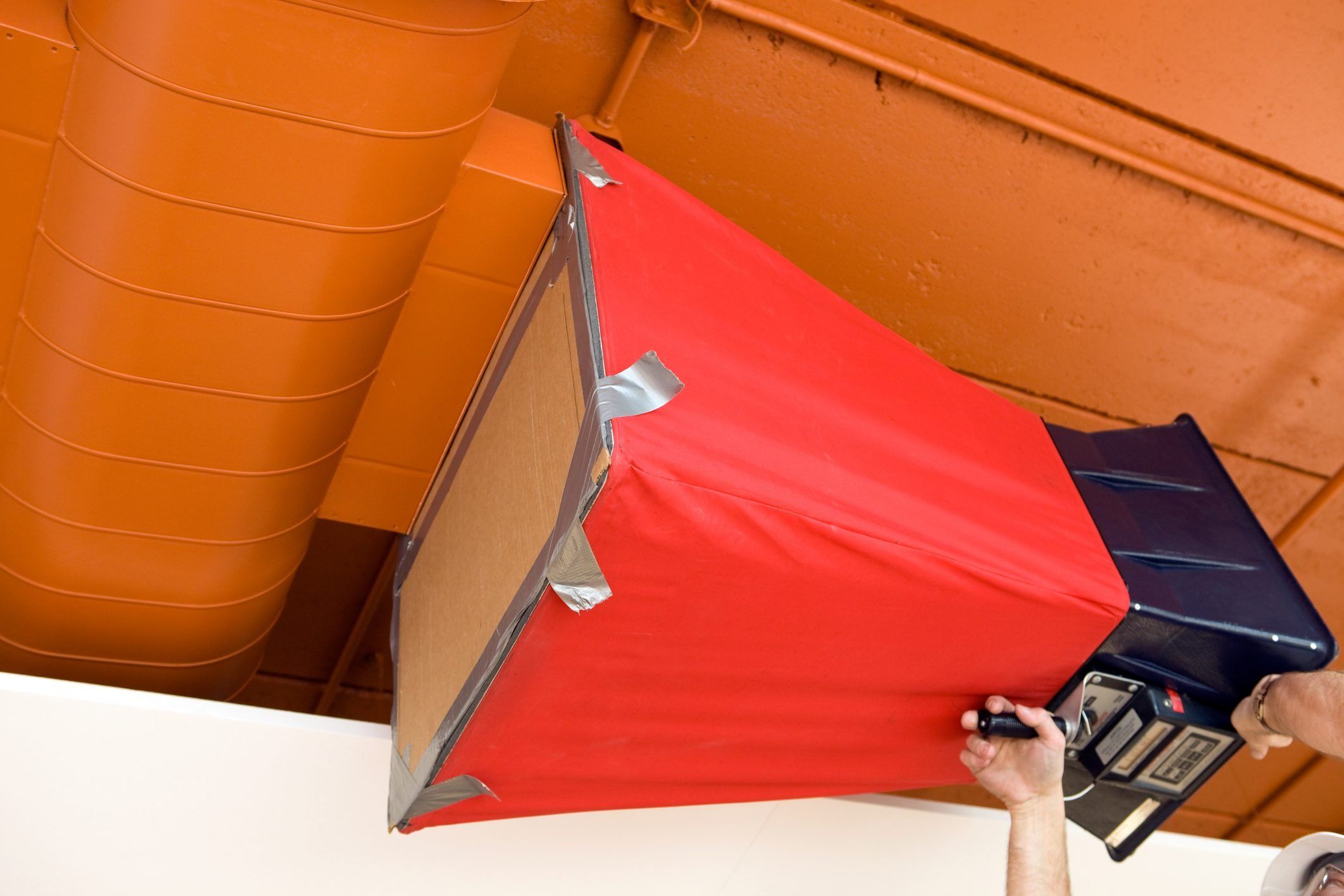

Heating & Cooling
How To Balance Forced Air Heating System
Published: February 16, 2024
Learn how to balance your forced air heating system for optimal heating and cooling efficiency. Get expert tips and advice on maintaining a comfortable indoor environment.
(Many of the links in this article redirect to a specific reviewed product. Your purchase of these products through affiliate links helps to generate commission for Storables.com, at no extra cost. Learn more)
Introduction
Balancing a forced air heating system is crucial for maintaining a comfortable and energy-efficient indoor environment. This process involves optimizing the airflow throughout the system to ensure consistent heating in every room. By achieving a balanced heating system, homeowners can enjoy improved comfort, reduced energy costs, and enhanced overall performance.
In this comprehensive guide, we will delve into the intricacies of forced air heating systems, common issues that may arise, and the essential steps to effectively balance the system. Additionally, we will provide valuable tips for ongoing maintenance to sustain the optimal balance and functionality of your heating system.
Understanding the importance of balancing a forced air heating system is the first step toward creating a cozy and efficient home environment. Whether you are a homeowner looking to enhance the performance of your heating system or a professional seeking to expand your knowledge, this guide will equip you with the insights and practical know-how to achieve a well-balanced forced air heating system.
Let's embark on this journey to uncover the key elements of balancing a forced air heating system and discover the strategies to ensure consistent warmth and comfort throughout your living space.
Key Takeaways:
- Balancing your forced air heating system is like giving each room a warm hug. By cleaning ducts, replacing filters, and calibrating the thermostat, you can ensure cozy comfort and energy savings throughout your home.
- Just like taking care of a pet, maintaining your heating system with regular filter changes, professional check-ups, and smart thermostat upgrades keeps it happy and your home toasty warm.
Understanding Forced Air Heating Systems
Forced air heating systems are a popular choice for many homes due to their efficient and effective method of distributing warmth. These systems operate by heating air within a furnace or heat pump and then circulating it through a network of ducts to various rooms within the home. The heated air is released through vents or registers, providing consistent warmth throughout the living space.
The primary components of a forced air heating system include the furnace or heat pump, ductwork, vents or registers, and a thermostat for temperature regulation. The furnace or heat pump serves as the heart of the system, generating heat through the combustion of fuel or the use of electricity. Once the air is heated, it is propelled through the ductwork by a blower fan, which distributes the warm air to different areas of the home.
One of the key advantages of forced air heating systems is their ability to accommodate additional features such as air filtration, humidification, and zoning. Air filters within the system help to improve indoor air quality by capturing dust, allergens, and other particles, while humidifiers can add moisture to the air during dry winter months. Zoning capabilities allow for customized temperature control in different areas of the home, providing personalized comfort and energy savings.
Understanding the layout and operation of a forced air heating system is essential for homeowners and HVAC professionals alike. By grasping the fundamental principles of how these systems function, individuals can better troubleshoot issues, perform routine maintenance, and optimize the overall performance of their heating system.
In the next section, we will explore common issues that may arise with forced air heating systems, shedding light on potential challenges that can impact the system's balance and efficiency.
Common Issues with Forced Air Heating Systems
Forced air heating systems, while efficient and reliable, are susceptible to a range of common issues that can affect their performance and balance. Understanding these potential challenges is essential for homeowners and HVAC professionals to effectively troubleshoot and address any issues that may arise. Here are some of the most prevalent issues encountered with forced air heating systems:
-
Uneven Heating: One of the primary issues experienced with forced air heating systems is uneven heating throughout the home. This can result from various factors, including blocked or dirty air ducts, imbalanced airflow, or malfunctioning components within the system. As a result, certain rooms may feel significantly warmer or cooler than others, leading to discomfort and energy inefficiency.
-
Inadequate Airflow: Insufficient airflow can hinder the system's ability to distribute heated air effectively. This may stem from clogged air filters, obstructions in the ductwork, or a malfunctioning blower fan. Inadequate airflow not only diminishes the system's heating capacity but can also lead to increased wear and tear on the equipment.
-
Thermostat Inaccuracies: A malfunctioning or improperly calibrated thermostat can lead to temperature inconsistencies within the home. If the thermostat fails to accurately communicate with the heating system, it may result in erratic heating cycles, temperature fluctuations, and an overall lack of balance in the system's operation.
-
Air Leaks and Insulation Issues: Leaky ductwork and inadequate insulation can significantly impact the efficiency of a forced air heating system. Air leaks within the ducts can lead to heat loss, reducing the system's overall effectiveness and causing energy wastage. Similarly, poor insulation in walls, floors, or attics can contribute to heat loss and hinder the system's ability to maintain a consistent temperature.
-
Component Wear and Tear: Over time, the various components of a forced air heating system, including the blower motor, heat exchanger, and ductwork, can experience wear and tear. This can lead to reduced efficiency, increased energy consumption, and a decline in the system's overall performance.
By recognizing these common issues, homeowners and HVAC professionals can proactively address potential problems and take the necessary steps to restore balance and efficiency to the forced air heating system. In the following section, we will explore the essential steps to effectively balance a forced air heating system, providing actionable insights for optimizing its performance and comfort-enhancing capabilities.
Regularly clean and replace air filters to ensure proper airflow and balance in your forced air heating system. This will help maintain efficiency and prevent uneven heating in your home.
Steps to Balance a Forced Air Heating System
Balancing a forced air heating system is a systematic process that involves optimizing airflow and temperature distribution to ensure consistent warmth and comfort throughout the home. By addressing common issues and implementing strategic adjustments, homeowners and HVAC professionals can effectively balance the system for enhanced performance and energy efficiency. Here are the essential steps to achieve a well-balanced forced air heating system:
-
Inspect and Clean Air Ducts: Begin by inspecting the air ducts for any obstructions, blockages, or accumulated debris that may impede airflow. Use a flashlight to identify potential issues and remove any obstructions that could hinder the distribution of heated air. Additionally, consider scheduling professional duct cleaning to eliminate built-up dust and debris, promoting improved airflow and system efficiency.
-
Check and Replace Air Filters: Regularly inspect and replace air filters to ensure unrestricted airflow and optimal air quality. Clogged or dirty filters can restrict airflow, leading to reduced heating efficiency and increased strain on the system. By maintaining clean filters, the forced air heating system can operate more effectively, promoting balanced airflow and consistent warmth throughout the home.
-
Calibrate Thermostat Settings: Verify the accuracy and calibration of the thermostat to ensure precise temperature control. Calibrating the thermostat settings can help prevent temperature inconsistencies and erratic heating cycles, promoting a more balanced and comfortable indoor environment. Consider upgrading to a programmable or smart thermostat for enhanced control and energy-saving capabilities.
-
Balance Airflow and Registers: Evaluate the airflow in each room by adjusting the registers to achieve a balanced distribution of heated air. By fine-tuning the airflow in individual rooms, homeowners can mitigate uneven heating and optimize comfort throughout the home. Additionally, consider installing vent deflectors to direct airflow and regulate temperature variances in specific areas.
-
Inspect and Seal Ductwork: Thoroughly inspect the ductwork for any signs of leaks, gaps, or inadequate insulation. Seal any leaks or gaps using specialized duct sealant or metal tape to prevent heat loss and ensure efficient airflow. Properly insulated and sealed ductwork promotes balanced heating and minimizes energy wastage, contributing to a more effective forced air heating system.
-
Schedule Professional Maintenance: Engage the services of a qualified HVAC technician to perform comprehensive maintenance on the forced air heating system. Professional maintenance can include thorough system inspection, component cleaning, lubrication, and performance optimization. By entrusting the system to skilled professionals, homeowners can ensure that their forced air heating system operates at peak efficiency and balance.
By following these essential steps, homeowners and HVAC professionals can effectively balance a forced air heating system, promoting consistent warmth, improved energy efficiency, and enhanced comfort throughout the home. Regular maintenance and proactive adjustments are key to sustaining the optimal balance and performance of a forced air heating system, ensuring reliable and efficient operation for years to come.
Tips for Maintaining a Balanced Forced Air Heating System
Maintaining a balanced forced air heating system is essential for ensuring consistent warmth, energy efficiency, and prolonged equipment lifespan. By incorporating proactive maintenance practices, homeowners can optimize the performance of their heating system and minimize the likelihood of issues arising. Here are valuable tips for sustaining a well-balanced forced air heating system:
-
Regular Filter Replacement: Commit to a schedule of regular air filter replacement to prevent airflow restrictions and maintain optimal air quality. Dirty filters can impede airflow, strain the system, and compromise indoor air quality. By replacing filters according to manufacturer recommendations, homeowners can promote balanced airflow and reduce the risk of system malfunctions.
-
Professional Inspections: Schedule periodic inspections by HVAC professionals to assess the overall condition of the forced air heating system. Professional technicians can identify potential issues, perform thorough cleaning and maintenance, and offer expert recommendations for optimizing system balance and efficiency.
-
Ductwork Maintenance: Routinely inspect and maintain the ductwork to ensure it remains free of leaks, damage, and obstructions. Properly sealed and insulated ducts contribute to balanced airflow and prevent energy loss. Addressing any ductwork issues promptly can help sustain the system's equilibrium and performance.
-
Thermostat Upgrades: Consider upgrading to a programmable or smart thermostat to enhance temperature control and energy management. Advanced thermostat features enable precise scheduling, zoning capabilities, and remote access, allowing homeowners to fine-tune the system for optimal balance and energy savings.
-
Zoning Strategies: Explore the implementation of zoning systems to customize heating levels in different areas of the home. Zoning enables targeted temperature control, minimizing energy consumption and promoting balanced heating throughout the living space.
-
Humidification Maintenance: If the forced air heating system incorporates a humidifier, ensure regular maintenance to sustain proper humidity levels. Well-maintained humidification systems contribute to overall comfort and can help balance the system's performance during the heating season.
-
Energy-Efficient Upgrades: Consider energy-efficient upgrades such as high-efficiency air filters, variable-speed blowers, and insulated ductwork to enhance the system's balance and performance. These upgrades can contribute to improved airflow, reduced energy consumption, and sustained comfort.
By integrating these tips into a comprehensive maintenance strategy, homeowners can effectively maintain a balanced forced air heating system, ensuring reliable performance, energy efficiency, and comfort throughout the home. Proactive maintenance not only sustains the system's equilibrium but also minimizes the likelihood of unexpected malfunctions, promoting peace of mind and long-term satisfaction with the heating system.
Read more: What Is Oil Forced Air Heating?
Conclusion
In conclusion, achieving and maintaining a balanced forced air heating system is paramount for homeowners seeking consistent warmth, energy efficiency, and overall comfort within their living spaces. By understanding the fundamental principles of forced air heating systems and addressing common issues such as uneven heating, inadequate airflow, thermostat inaccuracies, air leaks, and component wear and tear, individuals can proactively optimize the performance of their heating systems.
The essential steps to balance a forced air heating system, including inspecting and cleaning air ducts, checking and replacing air filters, calibrating thermostat settings, balancing airflow and registers, inspecting and sealing ductwork, and scheduling professional maintenance, serve as actionable guidelines for homeowners and HVAC professionals to enhance the equilibrium and efficiency of the system.
Furthermore, the tips for maintaining a balanced forced air heating system, encompassing regular filter replacement, professional inspections, ductwork maintenance, thermostat upgrades, zoning strategies, humidification maintenance, and energy-efficient upgrades, offer valuable insights for sustaining the optimal performance and comfort-enhancing capabilities of the heating system.
By integrating these strategies and best practices into a comprehensive maintenance approach, homeowners can ensure that their forced air heating systems operate at peak efficiency, promoting balanced airflow, consistent warmth, and energy savings. Additionally, proactive maintenance minimizes the risk of unexpected malfunctions, contributing to a reliable and enduring heating solution for the home.
In essence, the journey to balance a forced air heating system involves a combination of knowledge, proactive maintenance, and strategic adjustments. By embracing these principles, homeowners can create a cozy, energy-efficient, and harmoniously heated environment, enhancing their overall quality of life and enjoyment of their living spaces. With a well-balanced forced air heating system, individuals can confidently navigate the colder seasons, knowing that their homes are equipped with a reliable and efficient heating solution.
Frequently Asked Questions about How To Balance Forced Air Heating System
Was this page helpful?
At Storables.com, we guarantee accurate and reliable information. Our content, validated by Expert Board Contributors, is crafted following stringent Editorial Policies. We're committed to providing you with well-researched, expert-backed insights for all your informational needs.
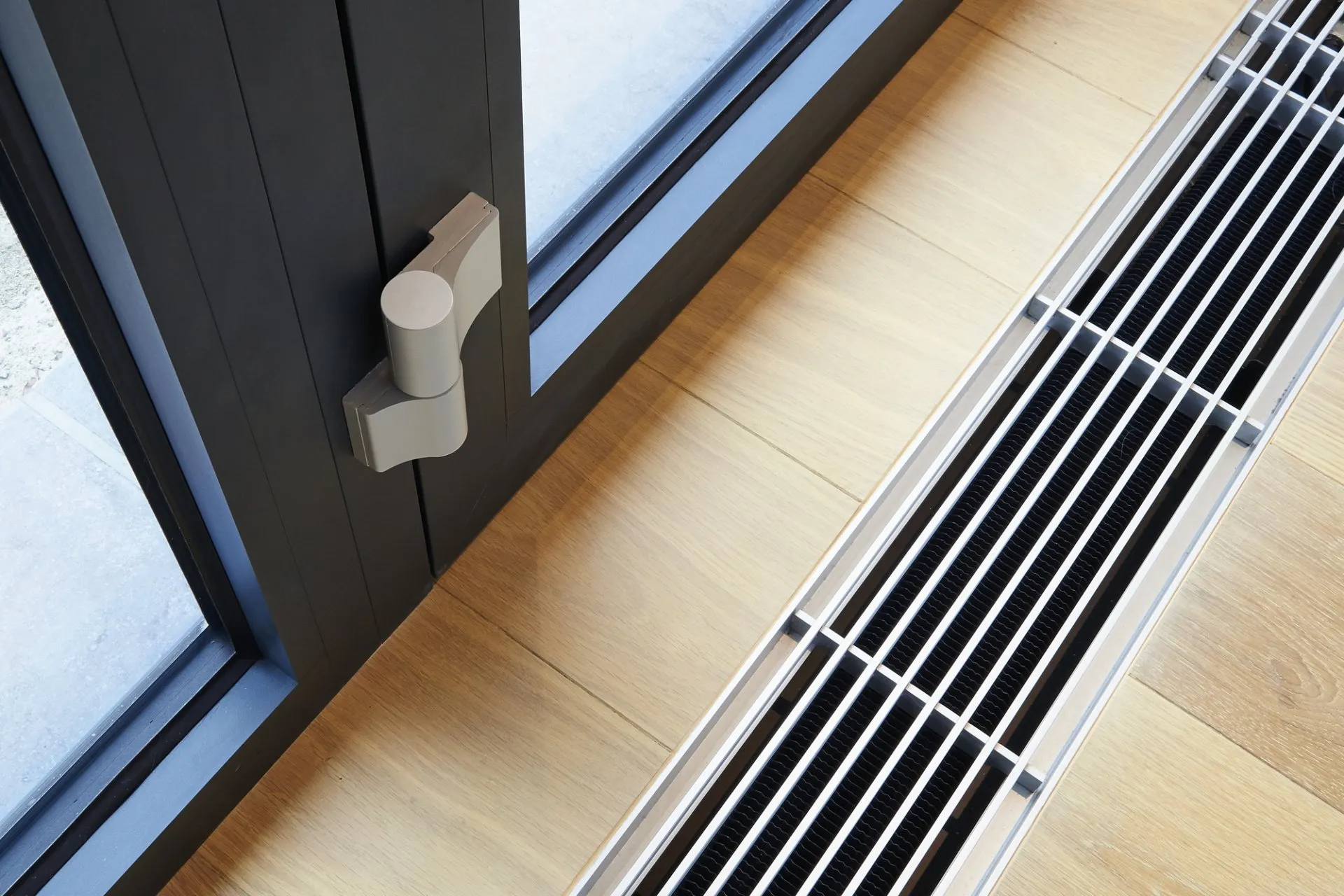
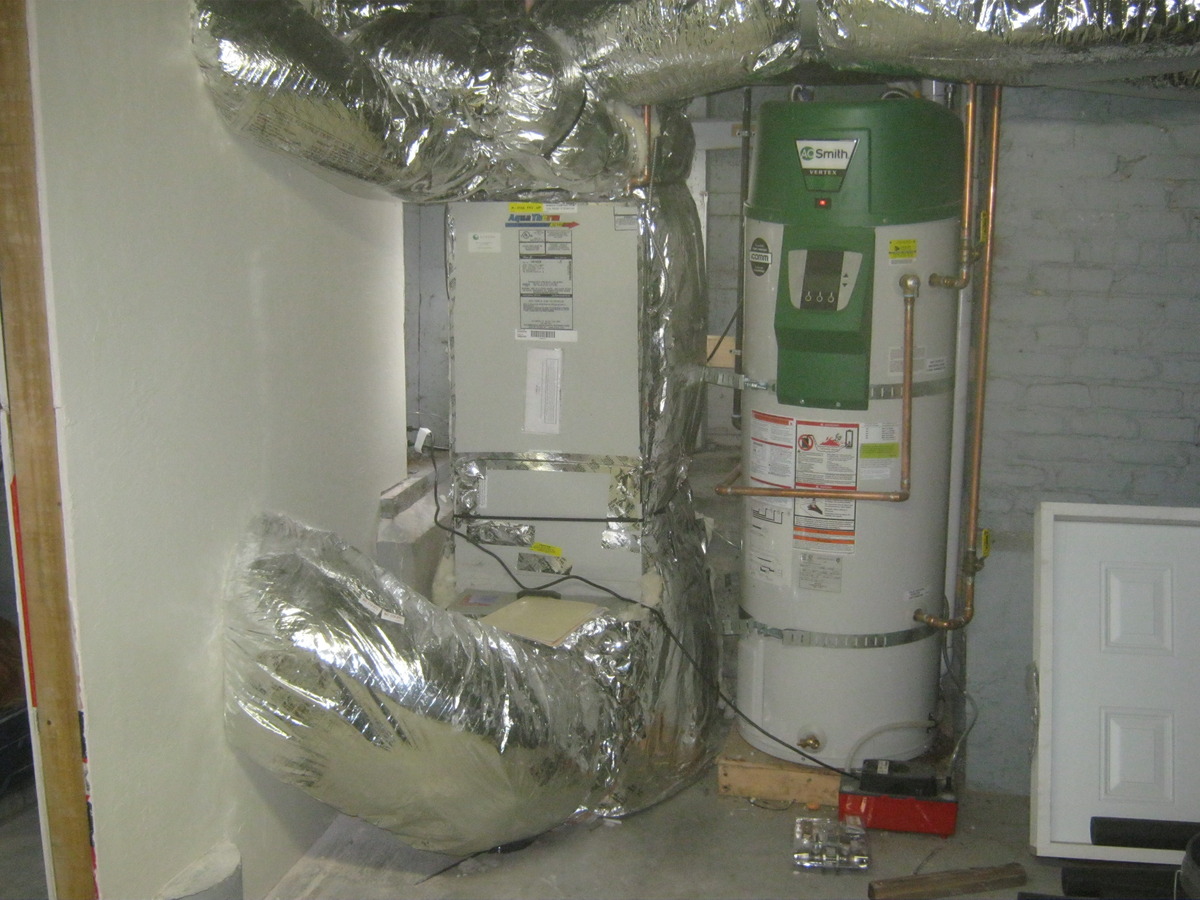
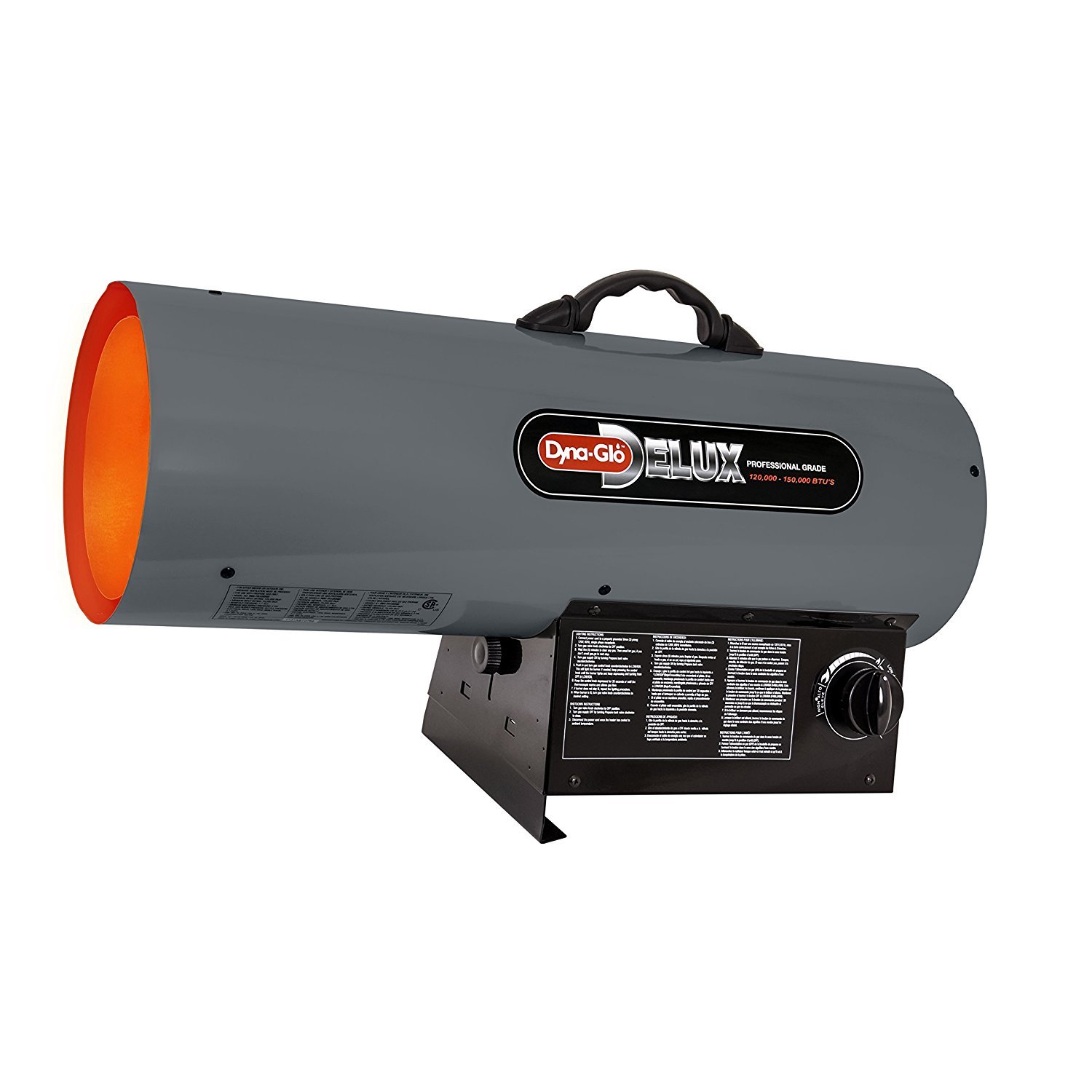
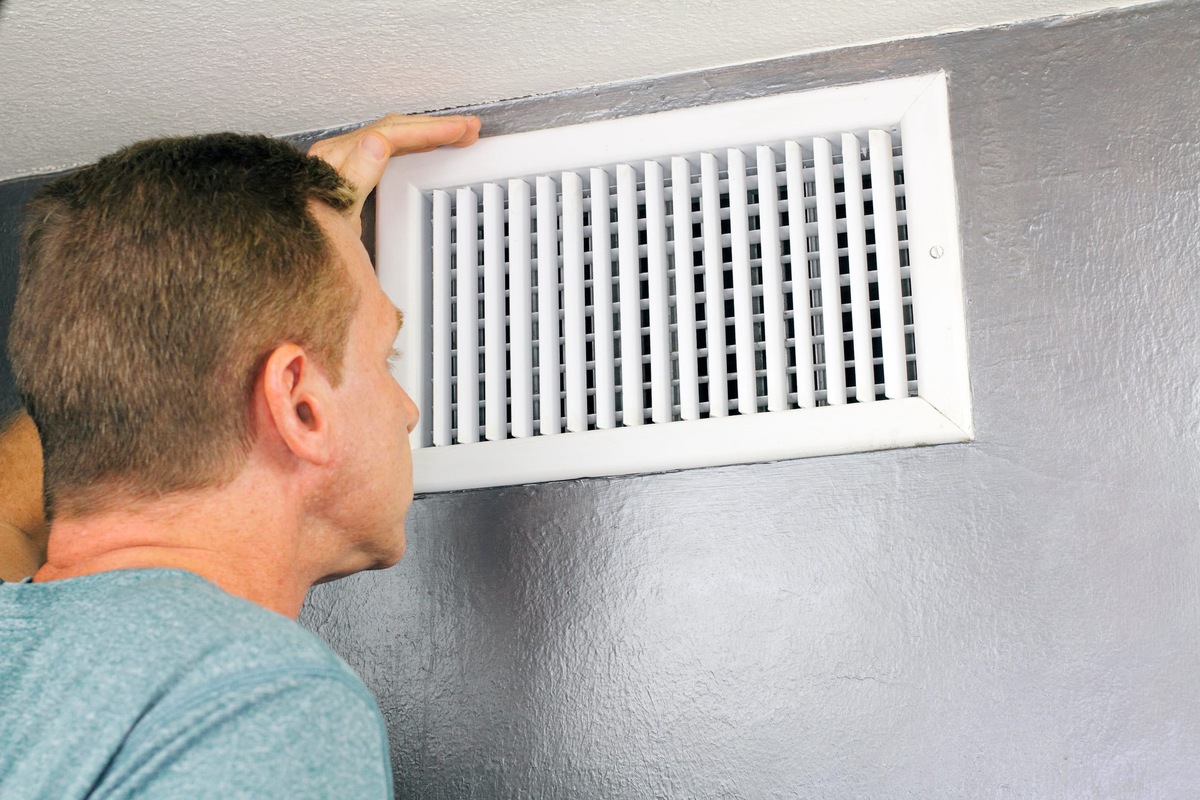
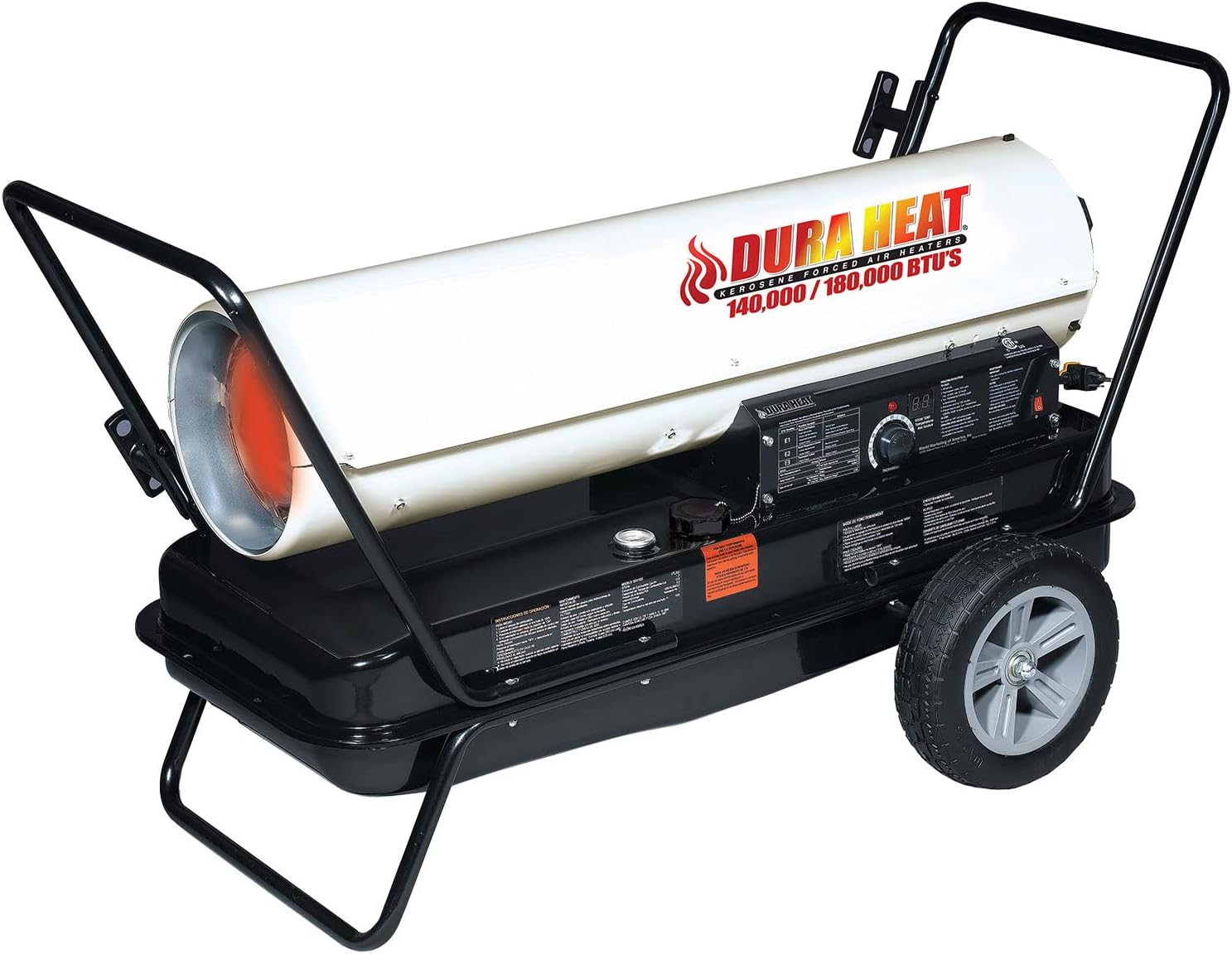
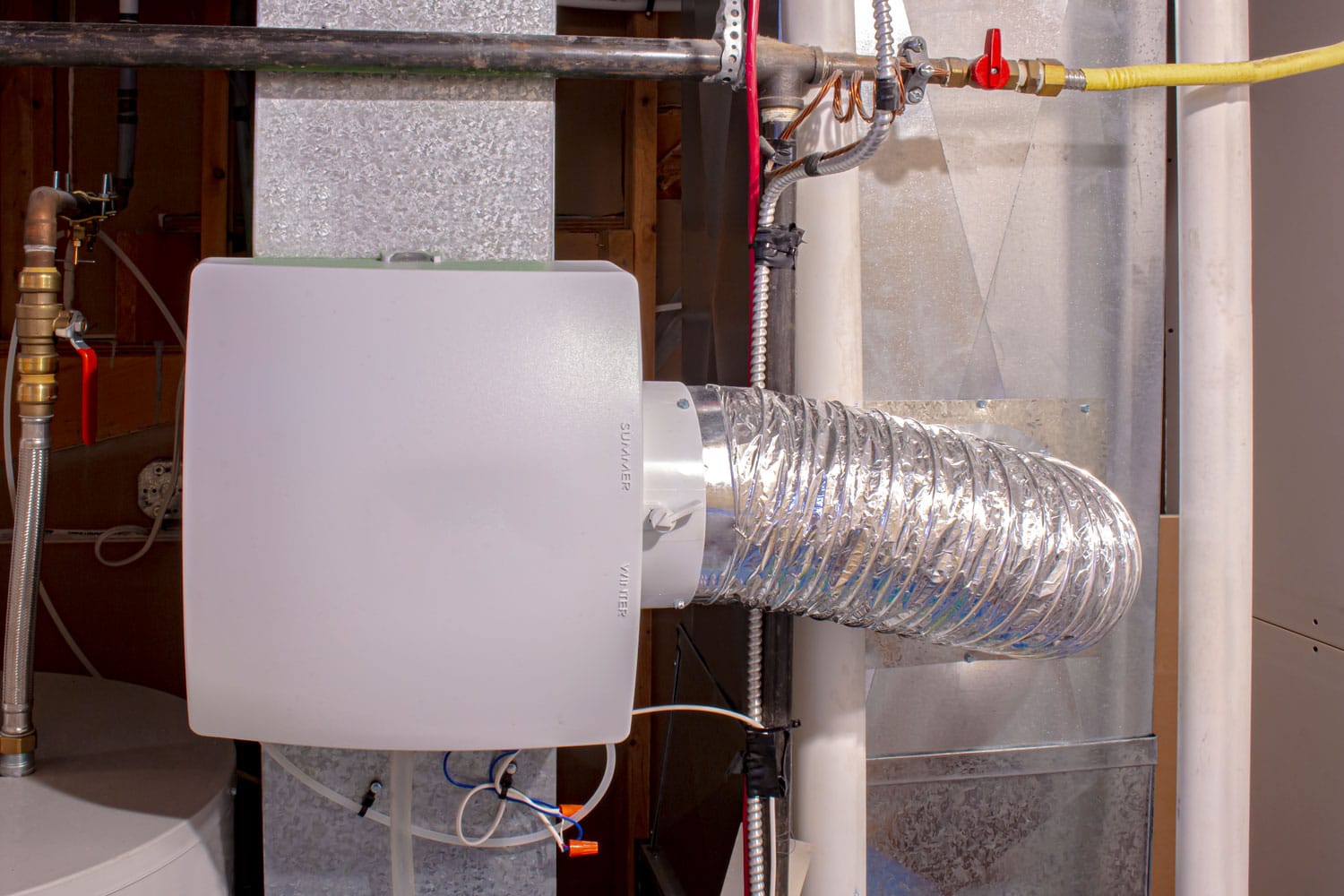
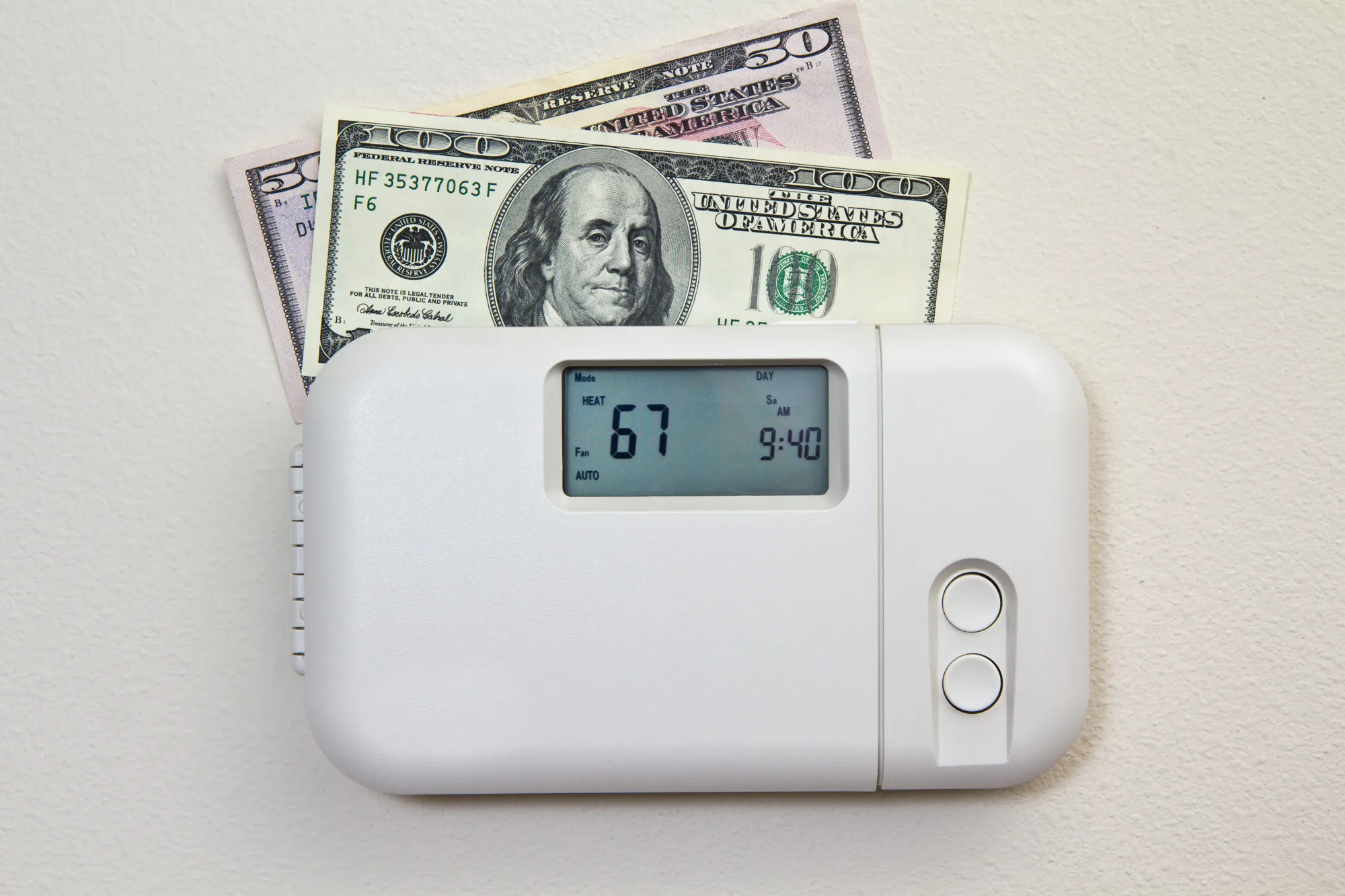
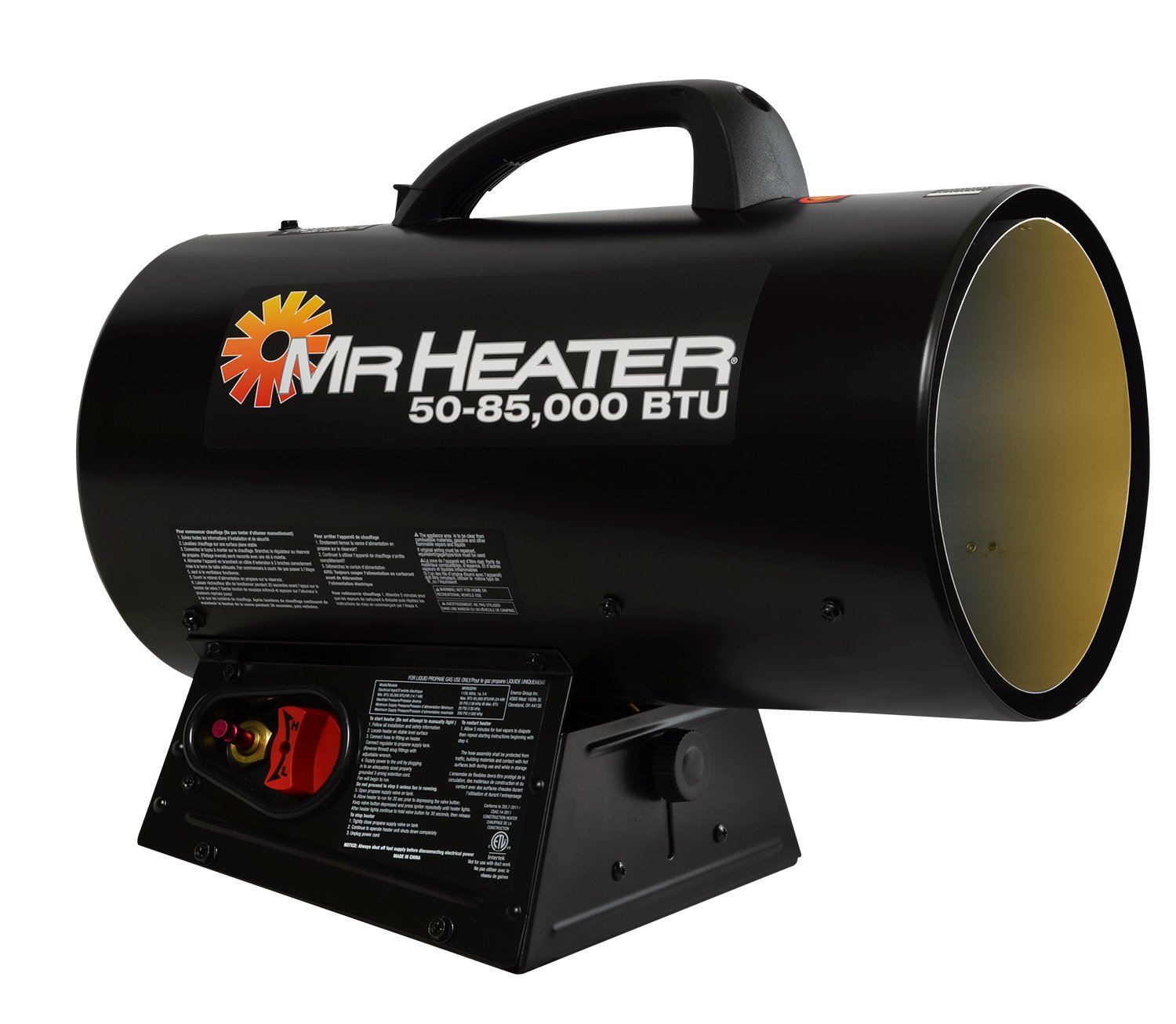
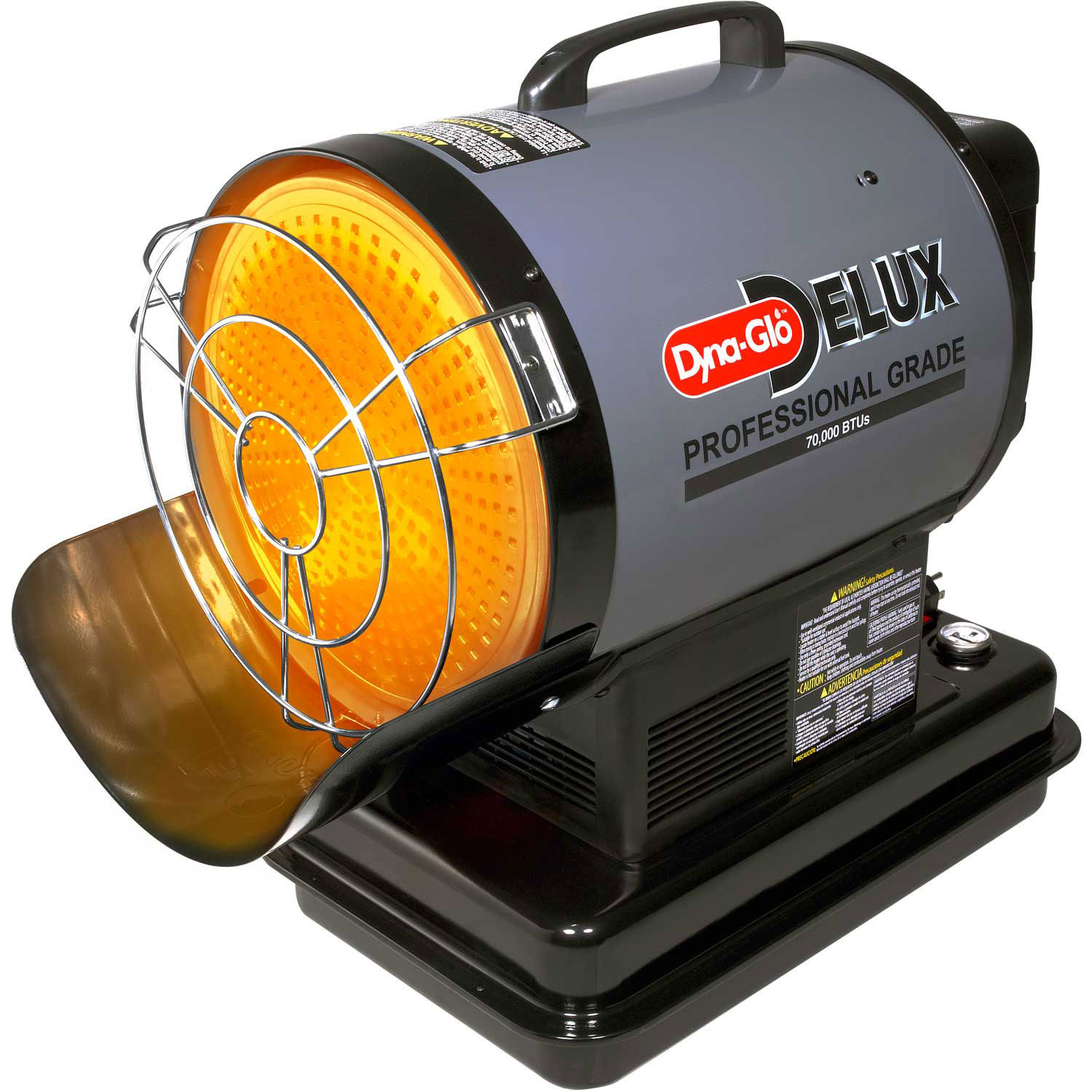
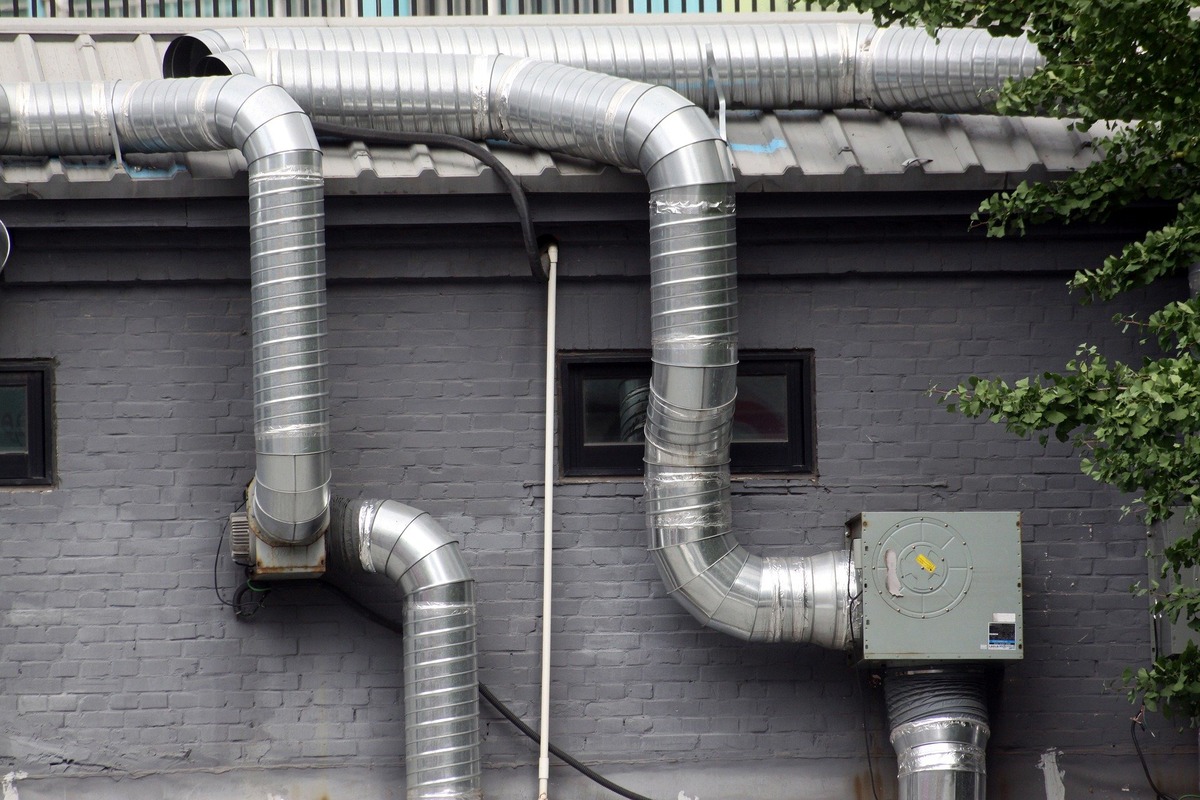
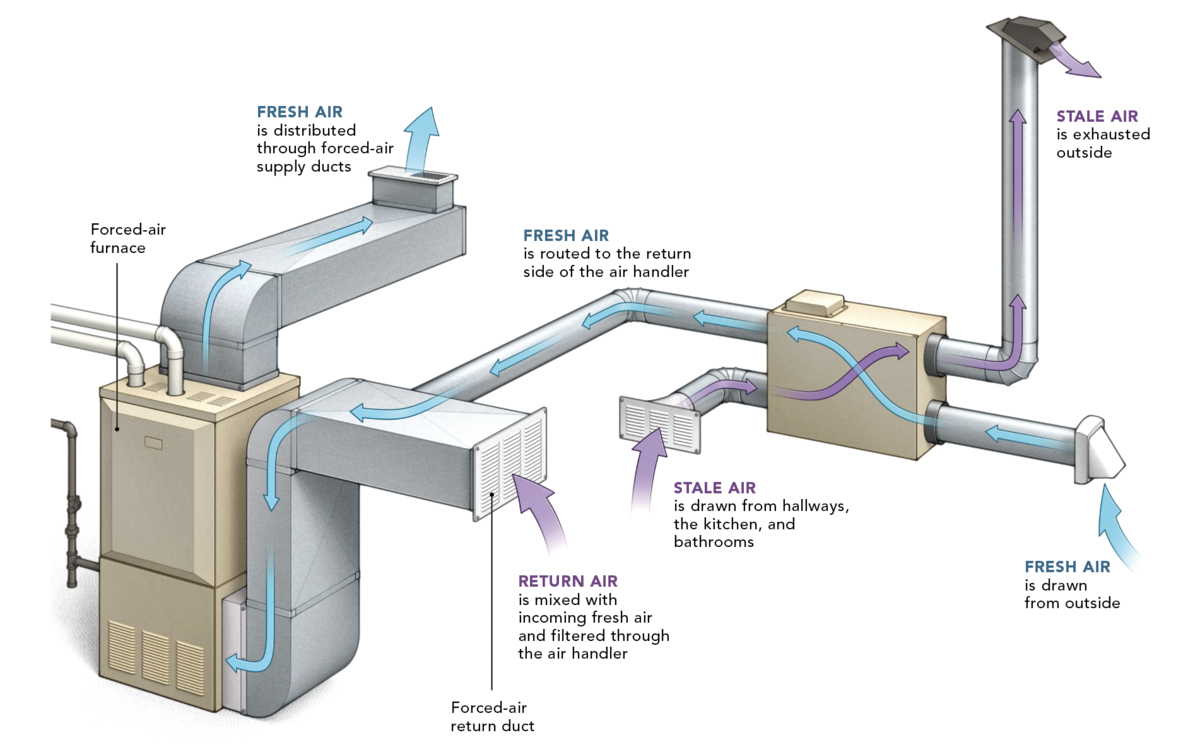
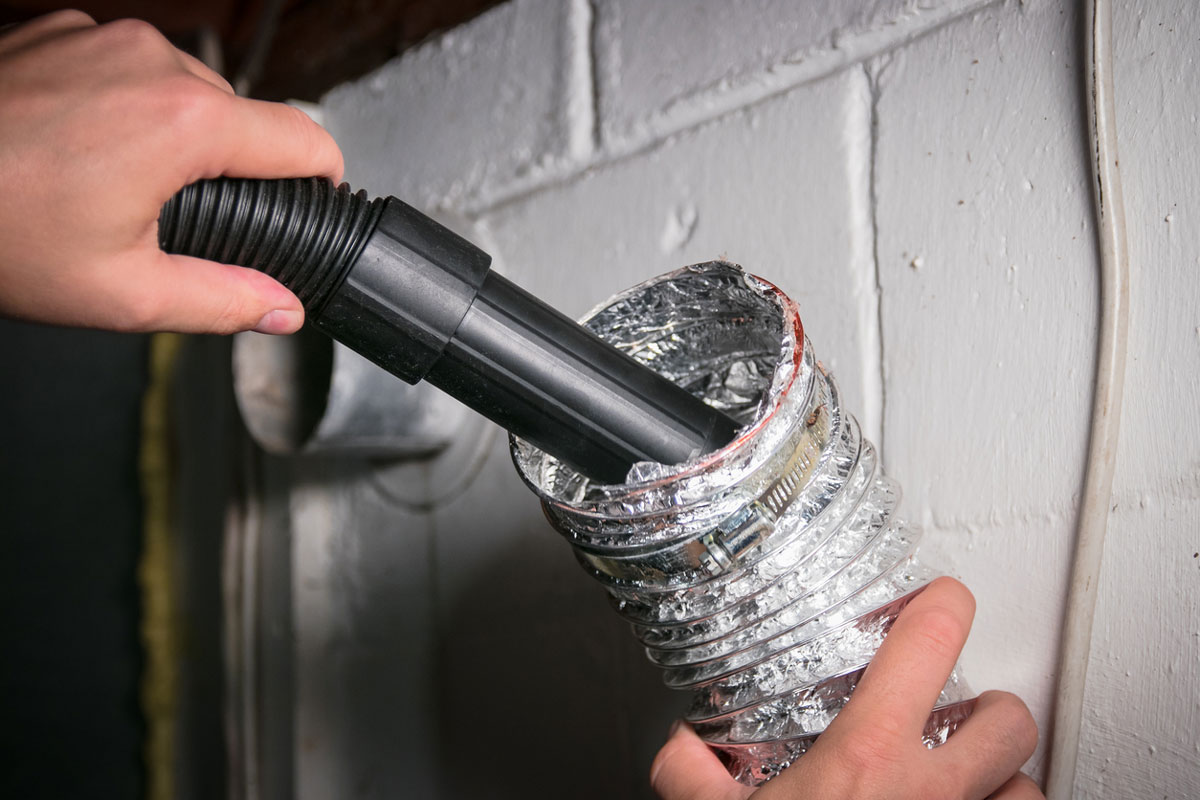
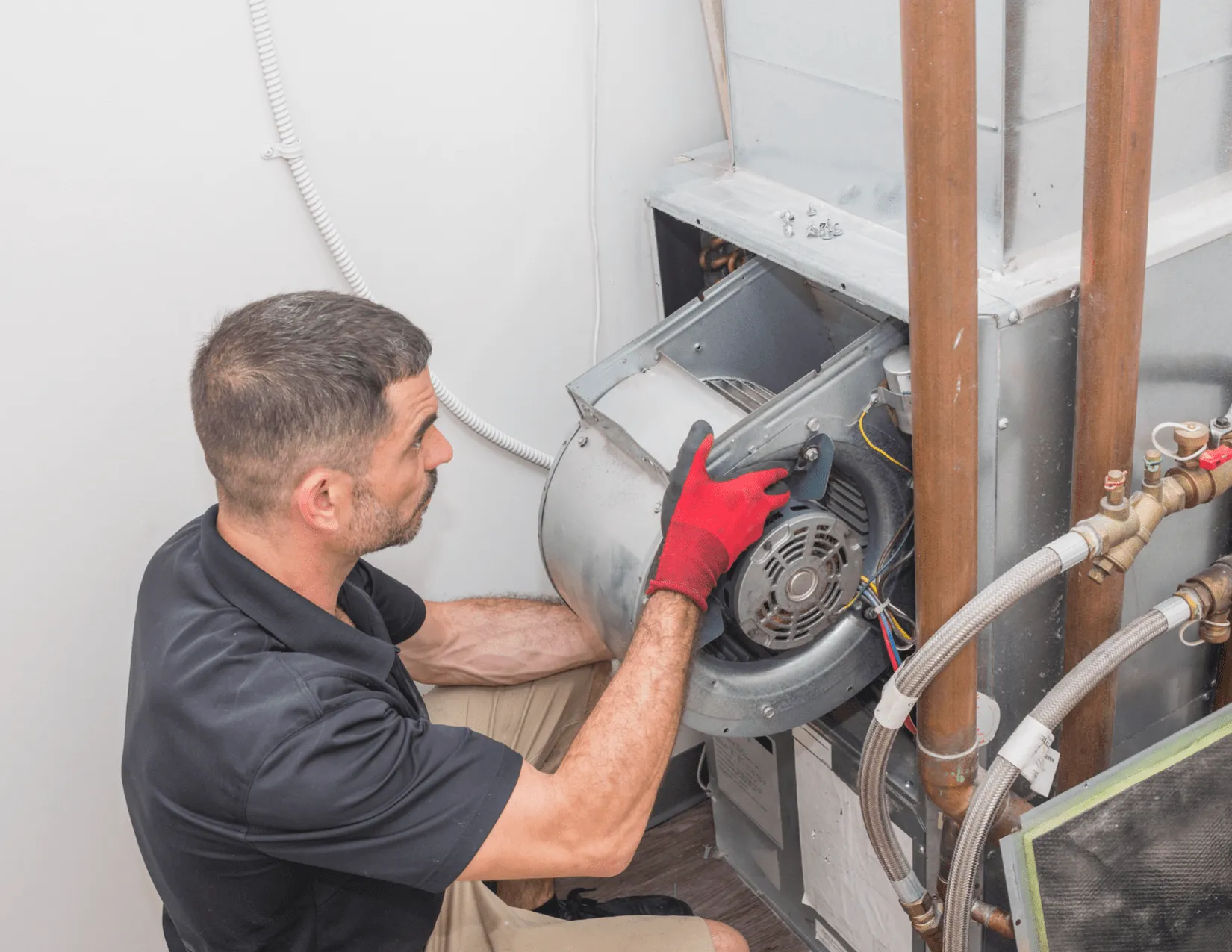
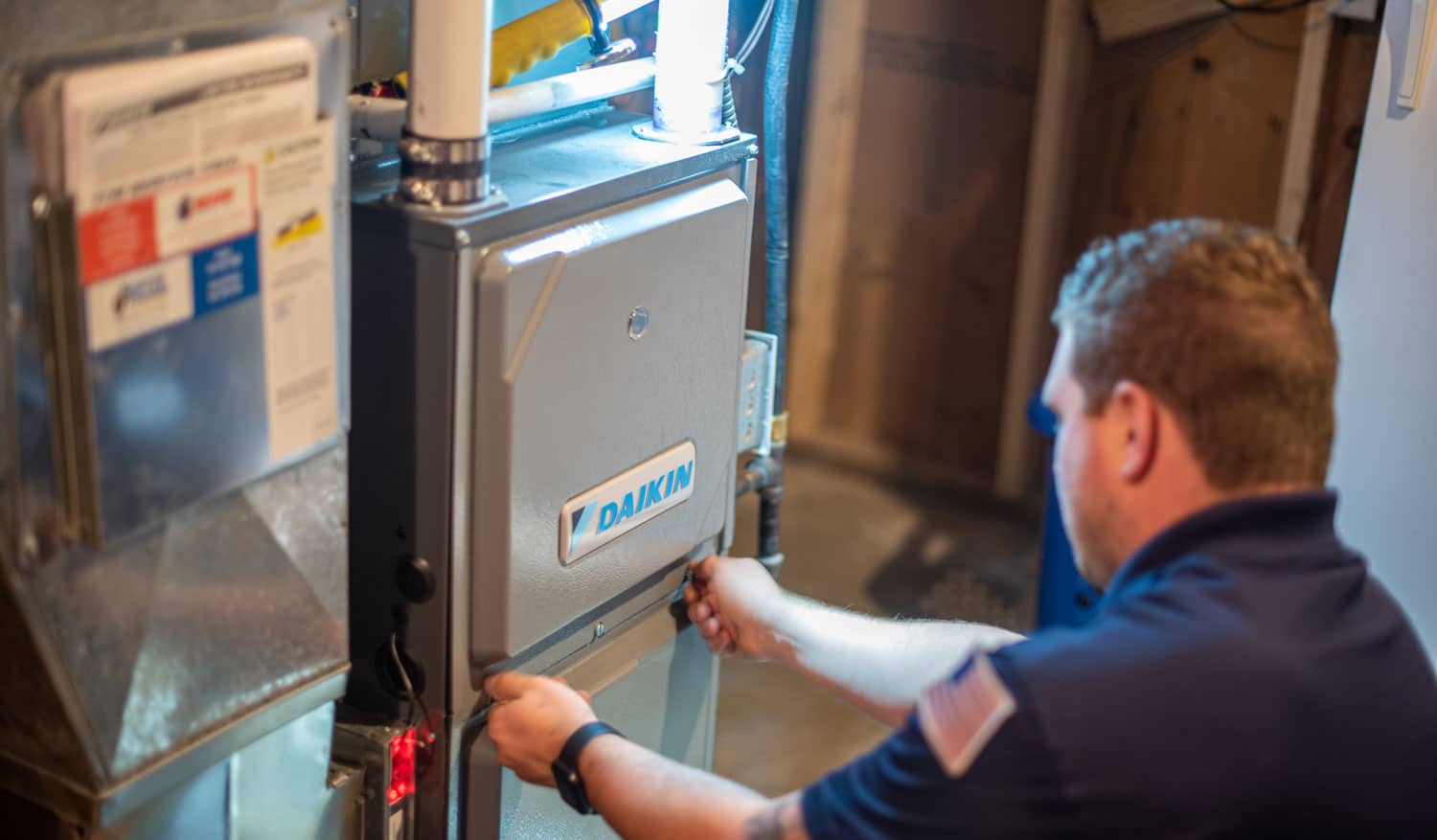

0 thoughts on “How To Balance Forced Air Heating System”